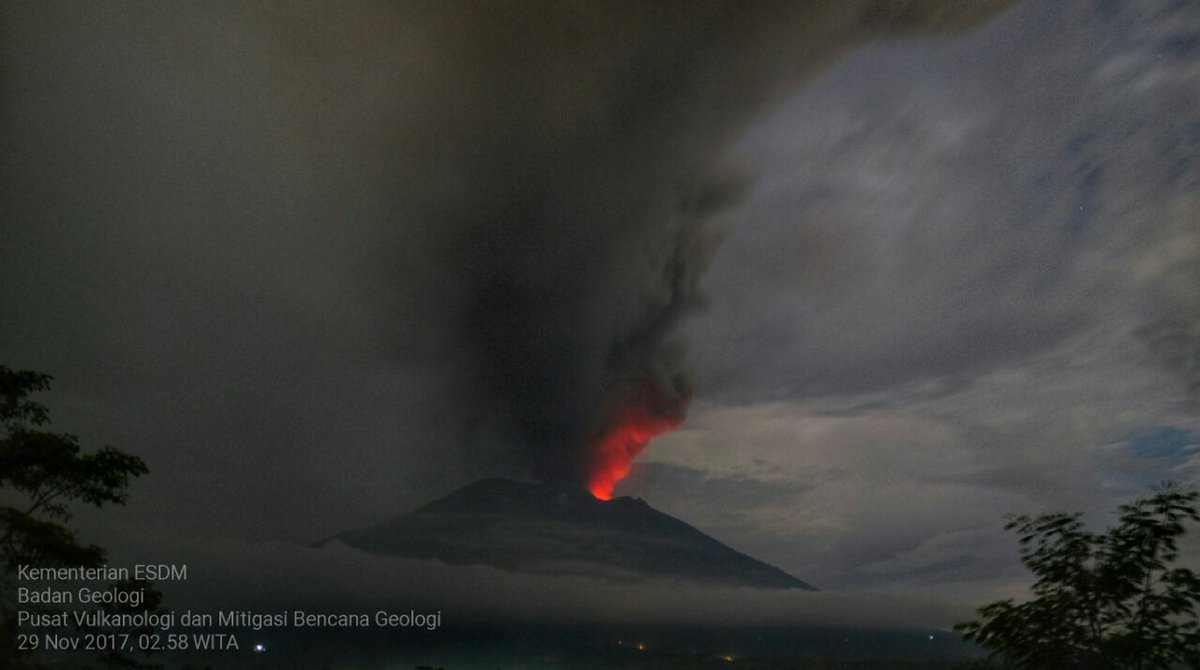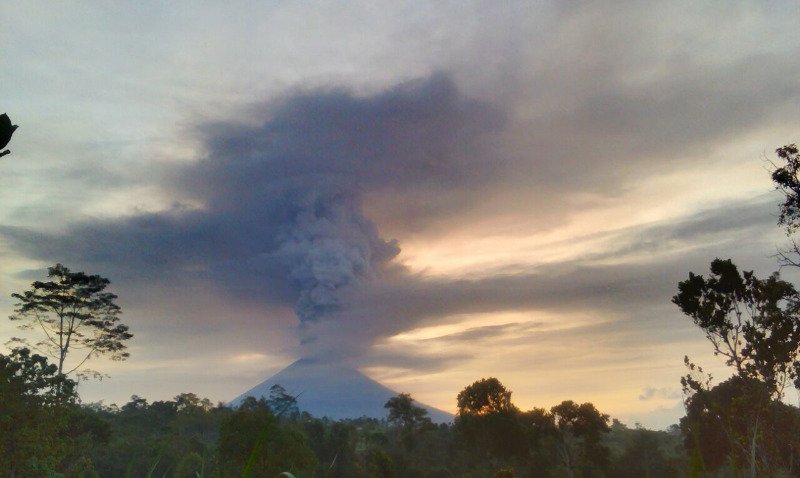For the status to decrease, comprehensive analysis of all seismic data, deformation, geochemistry, & remote sensing satellite data is needed
• • •
Missing some Tweet in this thread? You can try to
force a refresh







